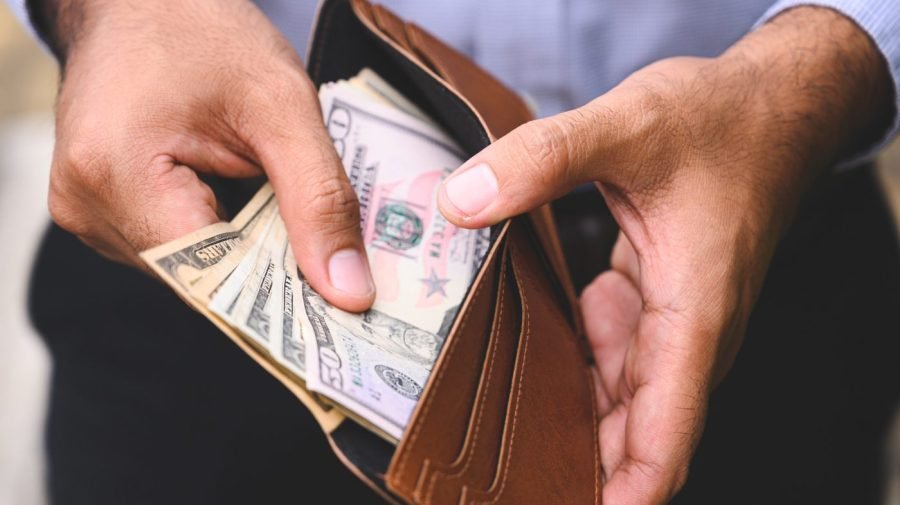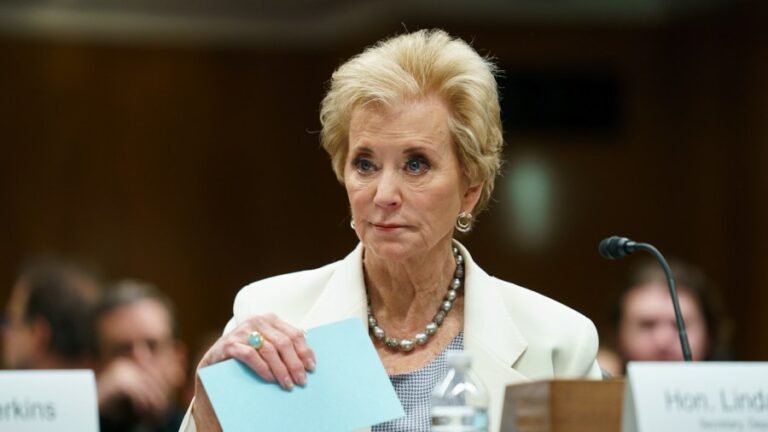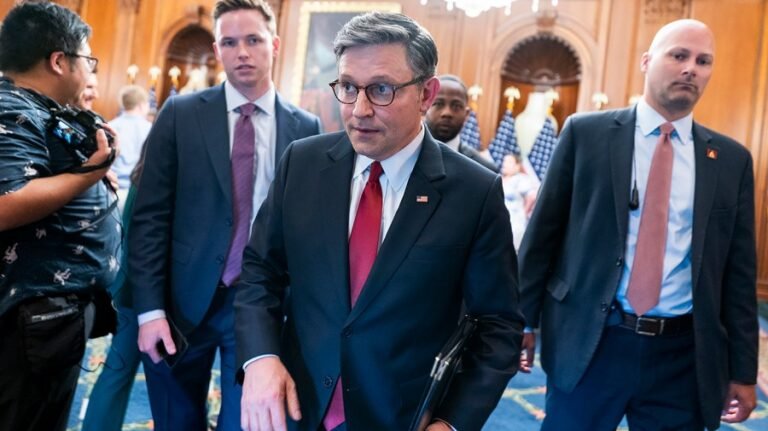
July 9 was supposed to be D-Day for President Trump’s tariffs. Instead, yet another delay has pushed the deadline to Aug. 1. This is certain not to be the final delay, and there’s a growing likelihood that the extreme tariffs proposed never get implemented — that they will have served primarily as a negotiating tool.
The administration says that tariffs will reduce the $36 trillion national debt and fix the nation’s trade imbalance. Conventional wisdom says that tariffs will raise prices for U.S. consumers and stoke inflation. Such concerns have pushed the Federal Reserve to keep interest rates high, much to the chagrin of the president.
Given these conflicting viewpoints, perhaps looking at the situation with an open mind, and open eyes, is in order.
Tariffs are financial barriers that protect a nation’s goods and services. They increase prices for goods and services in importing countries compared to what exporting countries receives in payment, with this difference collected by the importing government. In the extreme, if a country collects no tariffs on what it imports, and must pay tariffs on what it exports, this places negative pressures on the country’s balance of trade — something that the U.S. has had for almost 50 years. In 2024, the U.S. trade imbalance topped $1.2 trillion.
Why is there a trade imbalance with certain countries? The reason is that they can offer goods at prices that cannot be matched in the U.S. If such products were produced domestically, their prices would be higher, and consumers would be less inclined (or able) to purchase them.
Foreign currency exchange rates also influence trade imbalances. If a country artificially keeps its currency weak relative to the U.S. dollar, their goods can be sold in the U.S. at lower prices than what it would take to produce them here. China has engaged in such currency manipulation for many years, permitting it to maintain a large trade imbalance. During the first half of 2025, the U.S. dollar has plummeted in value by around 10 percent against a set of major world currencies, making U.S. goods less expensive abroad, which should put downward pressure on the trade imbalance over time.
Most countries are now having their exports to the U.S. tariffed at a minimum of 10 percent, unless some “deals” have been negotiated with the administration. Note that since the U.S. enjoys a trade surplus for services, they are not being discussed.
A tariff is, essentially, nothing more than a tax. In April through June 2025, the U.S. Treasury collected over $69 billion in revenue from tariffs and other excise taxes, around $40 billion more than it collected in January through March 2025. On the surface, this sounds like a positive windfall. However, a deeper dive reveals where this additional revenue to the Treasury is coming from.
Some will be paid for across the production and distribution supply chain. Some will be pushed down to consumers. Of course, depending on the items —whether they are essential or discretionary — the economic laws of supply and demand will ultimately determine where in the supply chains the tariffs get absorbed.
Walmart, one of the largest importers in the nation, has said it is raising prices to pass along the cost to consumers. The president has rebuked them for not being willing to absorb the cost of the tariffs. But why should they not raise their prices? If the costs of the items that they offer rise, the selling price must follow suit and be increased.
Consumers hold the weakest negotiation position in the matter; they will bear the largest brunt of the tariffs. Within this group, those with the lowest incomes will pay the largest share of their income in tariffs, making the tariffs a regressive tax.
The president has stated that the tariffs can be adjusted based on how each country responds. He also believes that tariffs will encourage American manufacturing to return from overseas. This depends, of course, on whether American consumer purchasing patterns stay the same, and if the imported products continue to enjoy the same levels of demand at higher prices. Given that U.S. consumers are price-sensitive, such pattern changes are imminent.
Essential spending for items like foods and household items will likely be less affected. However, discretionary spending like travel and eating out are more vulnerable to cutbacks.
Tariffs are certain to create a new economic equilibrium, given that consumer spending is the single largest contributor to the U.S. economy. However, since 70 percent of consumer spending is on services, this will dampen the effect of the tariffs. Moreover, since the wealthiest Americans account for over one-half of all consumer spending, the group least affected by the tariffs, this will further soften the effects of the tariffs on the economy.
The takeaway from the current tariffs is that their final resolution remains uncertain. Most economists believe that the effect on the world economy will be negative, pushing it into a recession. In contrast, the president believes that the tariffs will raise wealth in America and reduce our national debt.
If history is a good predictor, the tariffs will be an economic disaster. The question is whether the extreme tariffs proposed by the president every get widely implemented. Smart money says that they will not.
Sheldon H. Jacobson, Ph.D., is a professor in the Grainger College of Engineering at the University of Illinois Urbana-Champaign. A data scientist, he uses his expertise in risk-based analytics to address problems in public policy.






